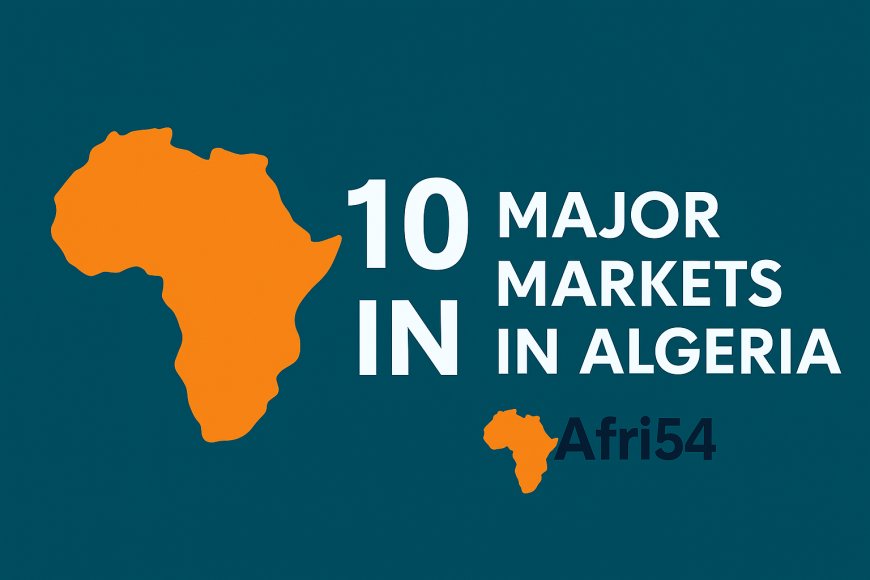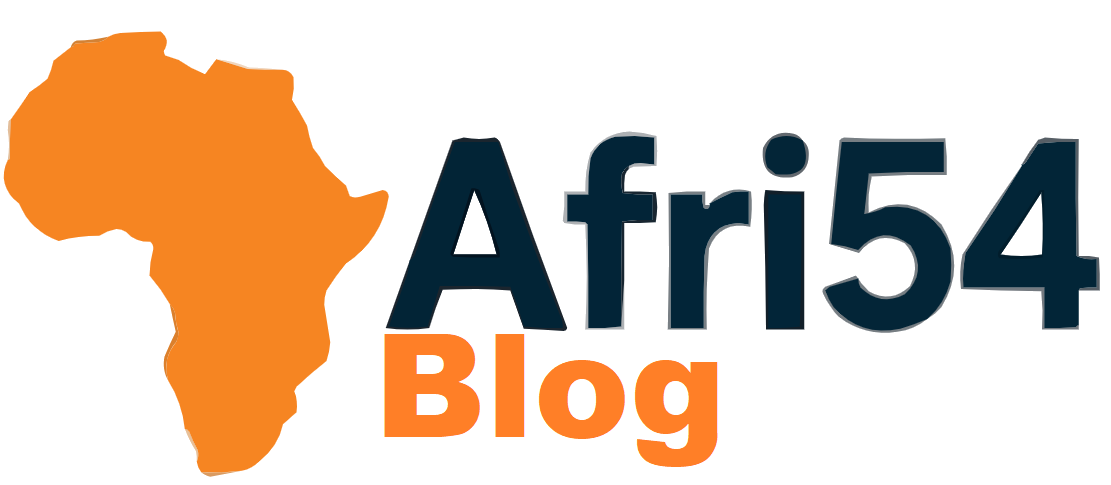10 Major Markets in Algeria
Discover the 10 major markets in Algeria, from Algiers’ Souk El Djemaa to the cultural hubs of Oran, Tlemcen, and Ghardaïa. Explore Algeria’s rich trade, crafts, and cultural heritage.

Reading Time: ~8 minutes
Algeria, the largest country in Africa, is not only rich in oil and natural resources but also in bustling markets that preserve culture, history, and commerce. From traditional souks in the old medinas to modern wholesale hubs, Algeria’s markets are essential spaces for trade, storytelling, and community life. Here’s a look at the 10 most significant markets in Algeria, ranked by size, diversity, and cultural impact.
1. Souk El Djemaa (Algiers)
Located in the capital, Souk El Djemaa is one of Algeria’s busiest markets. It offers spices, fabrics, carpets, leather, jewelry, and traditional clothing. It is a cultural landmark that reflects Algiers’ blend of Arab, Berber, and Mediterranean influences.
2. Bab El Oued Market (Algiers)
Famous for fresh produce, seafood, and daily goods, Bab El Oued serves as a lifeline for locals in Algiers. It’s a market where bargaining thrives, and you can enjoy the authentic rhythm of Algerian daily life.
3. Souk El Fellah (Algiers)
Known as the “farmers’ market,” Souk El Fellah specializes in fresh vegetables, fruits, spices, grains, and livestock. It’s popular among wholesalers and families looking for affordable, high-quality produce.
4. Setif Central Market (Sétif)
One of the largest in eastern Algeria, this market offers textiles, household goods, clothing, and crafts. Its strategic location makes it a hub for traders across the high plateaus.
5. Constantine Covered Market (Constantine)
In the historic city of bridges, the Constantine market is celebrated for aromatic spices, dates, couscous, jewelry, and traditional garments. Its mix of Ottoman and Arab-Andalusian influences make it both a commercial and cultural destination.
6. Oran Medina Market (Oran)
The bustling Oran market captures the spirit of Algeria’s western region. Known for seafood, olives, ceramics, and Berber crafts, it is also a social space where music and trade meet.
7. Tlemcen Grand Market (Tlemcen)
A historic trading point on ancient caravan routes, the Tlemcen market is famous for handwoven carpets, leather goods, silver jewelry, and Andalusian-style fabrics. It’s a hotspot for artisans and collectors.
8. Ghardaïa Market (M’zab Valley)
This UNESCO-listed region has a unique market where Berber communities trade dates, pottery, handmade carpets, and goat-hair tents. The Ghardaïa market reflects the resilience of Sahara communities.
9. Annaba Market (Annaba)
A lively market in the northeast, Annaba is renowned for seafood, agricultural produce, textiles, and household goods. It connects coastal trade with inland Algeria.
10. Souk El Had (Tizi Ouzou, Kabylie Region)
In the heart of Kabylie, Souk El Had is a weekly market famous for Berber jewelry, olive oil, mountain honey, and traditional Kabyle crafts. It’s more than a market — it’s a cultural gathering space.
Why Algeria’s Markets Matter
Algerian markets are more than trading spaces — they are living museums of tradition and modernity. From the Berber souks of Kabylie to the bustling hubs of Algiers and Oran, these markets fuel the economy while preserving Algeria’s diverse cultural identity.
Final Thoughts
Exploring Algeria’s markets is like walking through centuries of history. Each souk tells stories of Arab, Berber, Ottoman, and Andalusian legacies, making them essential stops for traders, tourists, and locals alike.
Have you listed your business on Afri54?
Afri54 exists to solve a fundamental challenge faced by millions of African businesses: lack of visibility. Whether you’re an automobile part seller in Lagos, a local attire manufacturer in Kigali, a coffee exporter in Addis Ababa, or a mobile phone supplier in Accra, you deserve to be seen. Join now


















